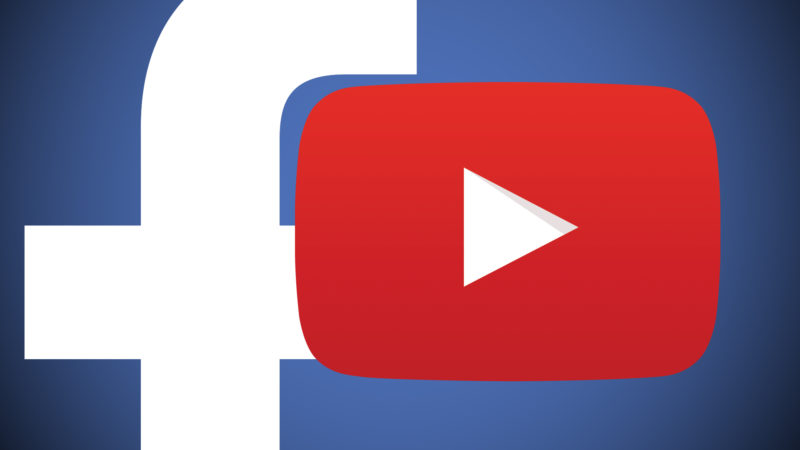Facebook Defends Its 3-Second Video View Standard
In a Medium post responding to criticism from a YouTube creator, Facebook video product manager says three seconds is enough time to indicate "intent to watch" a video.
A Facebook product manager has defended the social network’s use of three seconds as the standard for what constitutes a video view. In a post on Medium this week, Matt Pakes, a manager in the video product team, wrote that three seconds is enough of a signal for Facebook to register that someone has watched video in the News Feed.
“While there is no broad industry standard for view measurement, three seconds is one common choice, and gives us a consistent metric for all video on Facebook,” Pakes wrote. “If you have stayed on a video for at least three seconds, it signals to us that you are not simply scrolling through feed and you’ve shown intent to watch that video.”
Pakes’s post came in response to a Medium post by prominent YouTube creator Hank Green that criticized Facebook’s video view standard while also ripping into the company for favoring Facebook native video over links from YouTube and other networks and accusing the company of looking the other way when users upload videos that don’t belong to them.
Green cited a study by Ogilvy and Tubular Labs that found that 725 of the 1,000 most popular Facebook videos of Q1 2015 were “stolen re-uploads” and that these so-called “Freebooted” videos drew more than 17 billion views on Facebook.
Pakes’s counter-argument: Facebook takes intellectual property ownership seriously and is working to improve the tools it uses to identify and remove infringing content. “As video continues to grow rapidly on Facebook,” he wrote, “we’re actively exploring further solutions to help IP owners identify and manage potential infringing content, tailored for our unique platform and ecosystem. This is a significant technical challenge at our scale, but we have a team working on it and expect to have more to share later this summer.”
This is no academic debate. Facebook’s aggressive push into online video is a challenge to the status quo, a YouTube-dominated ecosystem that has spawned an industry of video creators able to make a living from their work. Facebook, which went from zero views to 4 billion daily in less than two years, doesn’t offer an equivalent to YouTube’s revenue sharing system but has something in the works for the fall.
Green argues that Facebook’s three-second rule is harmful because it is giving an inaccurate view of video consumption:
This might seem a little like this is a victimless crime, but it fundamentally devalues the #1 metric of online video. The view is the thing that everyone talks about and it’s the thing creators sell to advertisers in order to make a living. Applying that word to something far less valuable is going to be extremely disruptive to creators. Ad agencies and brands are confused enough without Facebook muddying the waters by calling something a view when it is in no way a measure of viewership.
Before Pakes’s post this week, Facebook hadn’t directly addressed the three-second view issue, and the fact that the response came on Medium rather on one of Facebook’s official communication channels would seem to indicate that the company is treading lightly.
Pakes’s contention that three seconds is a common choice is somewhat misleading, considering the company pioneered the standard, later being joined by Tumblr, Twitter and Facebook-owned Instagram when those networks turned on autoplay video.
No doubt the debate will continue. And as a discussion aid, we encourage you to visit our chart comparing the features of the seven major social video platforms.
Opinions expressed in this article are those of the guest author and not necessarily MarTech. Staff authors are listed here.
Related stories
